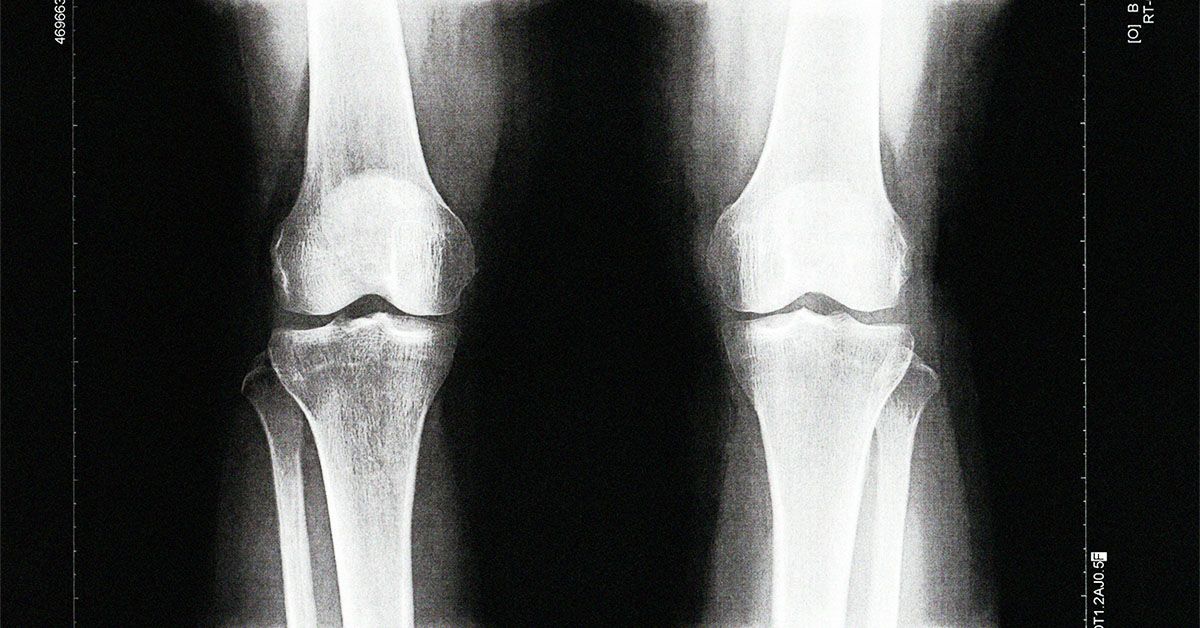- Researchers are reporting that a medical procedure done decades ago on children with growth-related disorders may have transferred amyloid plaques and caused Alzheimer’s disease to develop in those patients.
- Experts note that the medical procedure in these treatments is no longer used due to safety concerns.
- They add that there’s no evidence that Alzheimer’s disease can be casually transmitted between people.
Researchers are reporting that some people developed dementia at an early after being treated as children for growth-related disorders with injections of a pituitary-derived growth hormone contaminated with brain proteins associated with Alzheimer’s disease.
The treatment in these particular cases is no longer used, but researchers say the discovery suggests that Alzheimer’s could — under certain circumstances — be transmitted from one person to another.
The research reached similar conclusions to past studies that reported some of the children injected with cadaver-derived pituitary growth hormone (c-hGH) later died of Creutzfeldt–Jakob disease due to contamination of the injections with brain proteins called prions, known to cause the fatal degenerative neurodegenerative disorder.
The new
Studying data on this population, researchers identified eight cases where patients seemingly exposed to amyloid-beta proteins via the injections developed dementia and biomarker changes consistent with Alzheimer’s disease beginning in their 40s — far earlier than most cases of dementia.
Other studies by the same research group have shown that young adults who received c-hGH and later died of Creutzfeldt–Jakob disease (CJD) also had amyloid deposits in their brains and blood vessels as well as CJD prions that could be traced to contaminated injections.
The study authors wrote that their research demonstrates that recipients “developed dementia and biomarker changes within the phenotypic spectrum of [Alzheimer’s disease], suggesting that [Alzheimer’s], like CJD, has environmentally acquired (iatrogenic) forms as well as late-onset sporadic and early-onset inherited forms.“
“Although iatrogenic [Alzheimer’s disease] may be rare and there is no suggestion that amyloid plaques can be transmitted between individuals in activities of daily life, its recognition emphasizes the need to review measures to prevent accidental transmissions via other medical and surgical procedures,” they added.
Brian Balin, PhD, the director of the Center for Chronic Disorders of Aging and a professor of neuroscience and neuropathology at the Philadelphia College of Medicine who was not involved in the research, said the study is an interesting analysis of possible cases of iatrogenic transmission of Alzheimer’s disease, but he told Medical News Today that more research — including studies of the brains of the participants in the study — are needed to shed light on how contamination with amyloid proteins could progress to disease.
He stressed that the study did not report that the disease is casually transmissible between people.
Dr. Claudio Soto, a professor of neurology and director of the George and Cynthia Mitchell Center for Research in Alzheimer’s Disease and Related Brain Disorders at the University of Texas Medical School in Houston, told Medical News Today that the study demonstrated a real-world example of a theory that previously had been demonstrated only in animal experiments.
“In the last 10 years there have been a lot of discussions that diseases like Alzheimer’s and Parkinson’s could be transmitted like prion diseases, from one person to another,” said Soto, who was not involved in the research.
Injections of pituitary-derived growth hormones to treat growth disorders were discontinued decades ago due to such safety concerns. However, the study raises the possibility that other types of transmission could lead to the iatrogenic, or acquired, development of Alzheimer’s disease, Soto said.
Iatrogenic transmission of prion diseases has been shown to occur via contaminated surgical instruments, for example, Balin noted.
“Does it happen under other circumstances, like blood transfusions?” Soto asked. “The study opens the door for the possibility.”
Soto agreed with Balin that there’s no current evidence that people can “catch” Alzheimer’s disease and said further research is needed.
He noted, however, that some prion diseases can be transmitted through blood, notably Bovine Spongiform Encephalopathy (BSE), or “mad cow disease,” which can spread to humans as well as among cattle via consumption of beef products containing BSE prions.
“That’s well-established,” said Soto.
Read the full article here
















